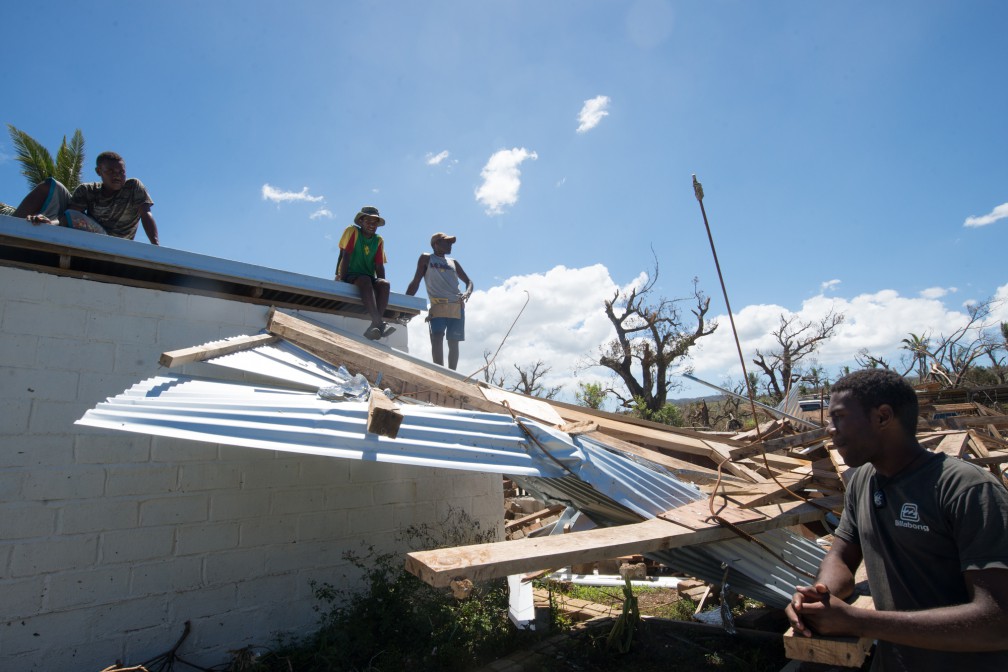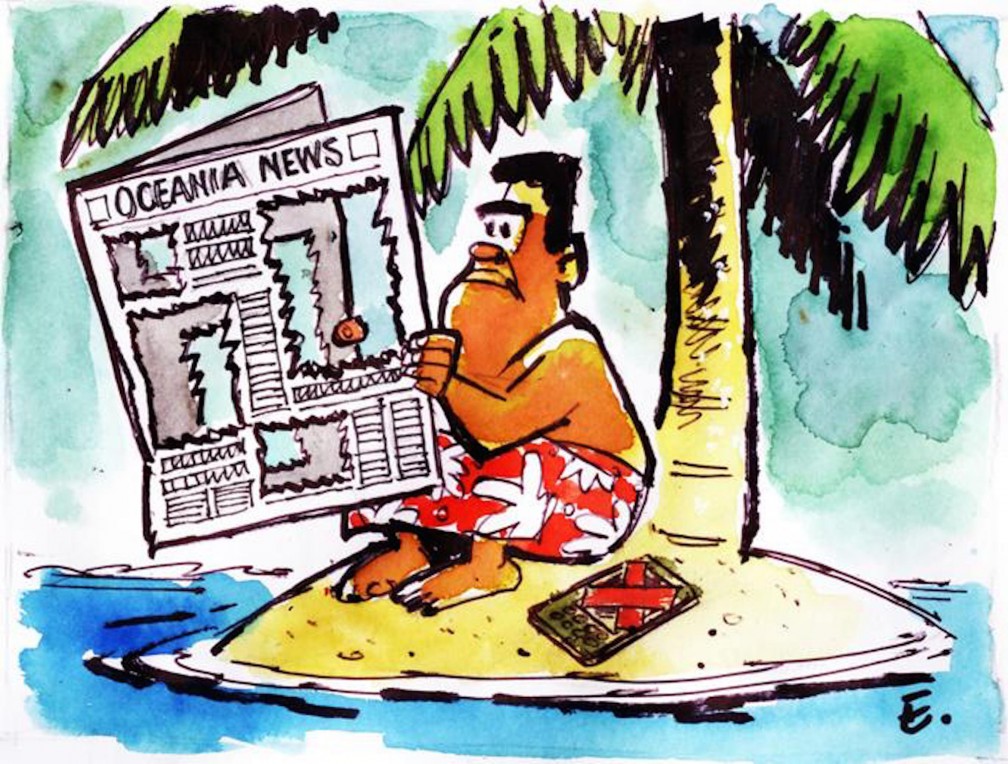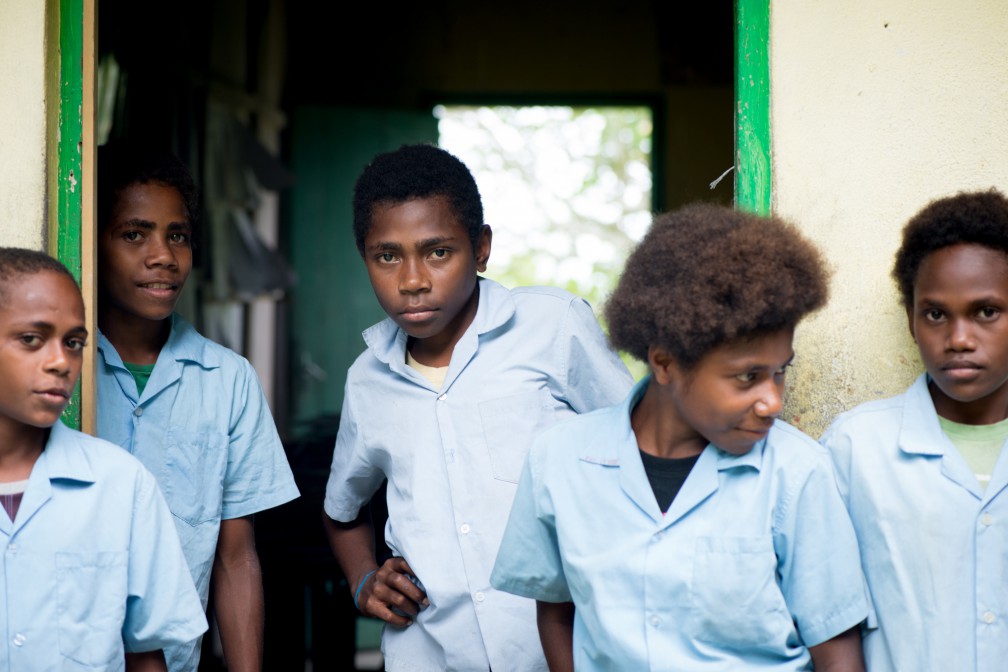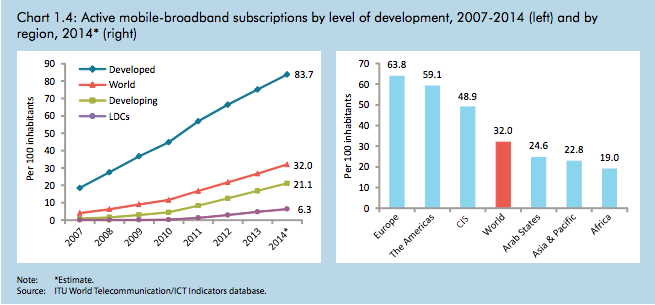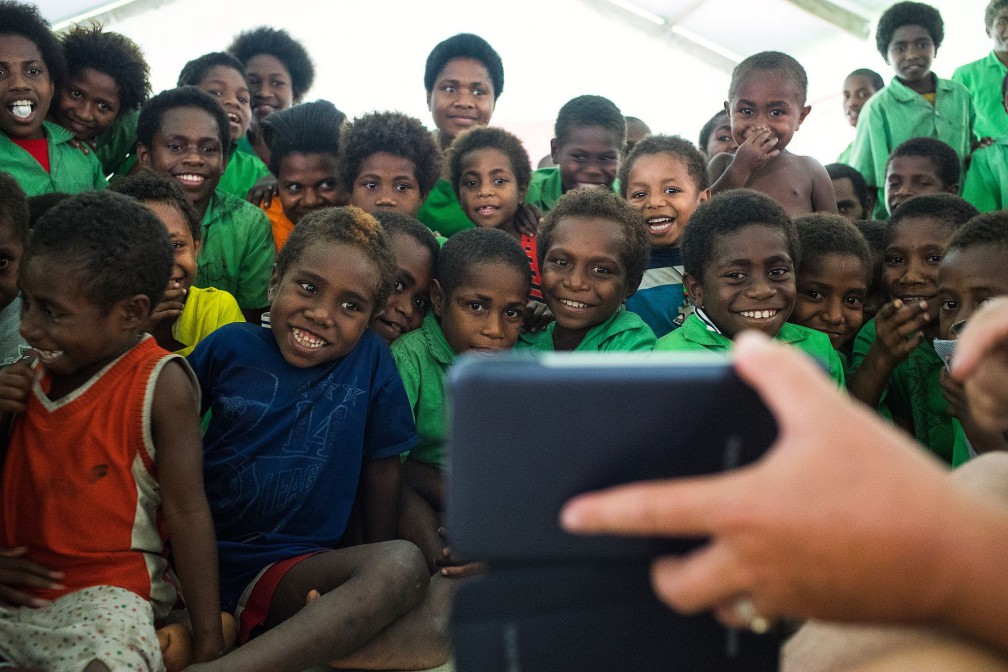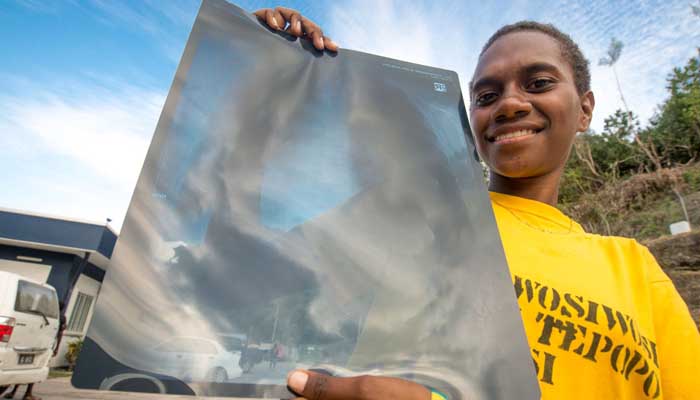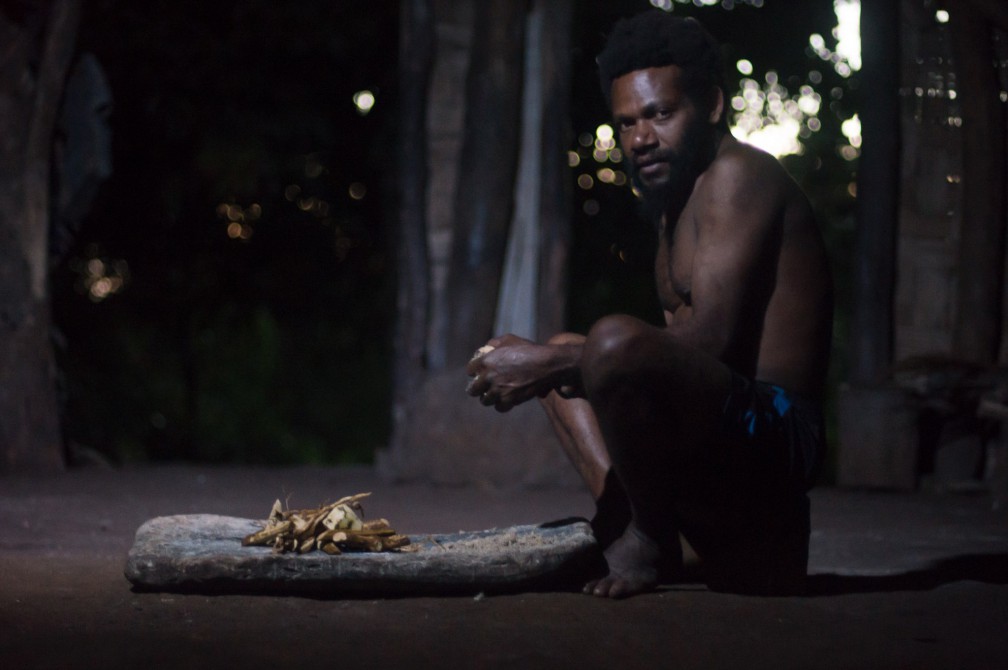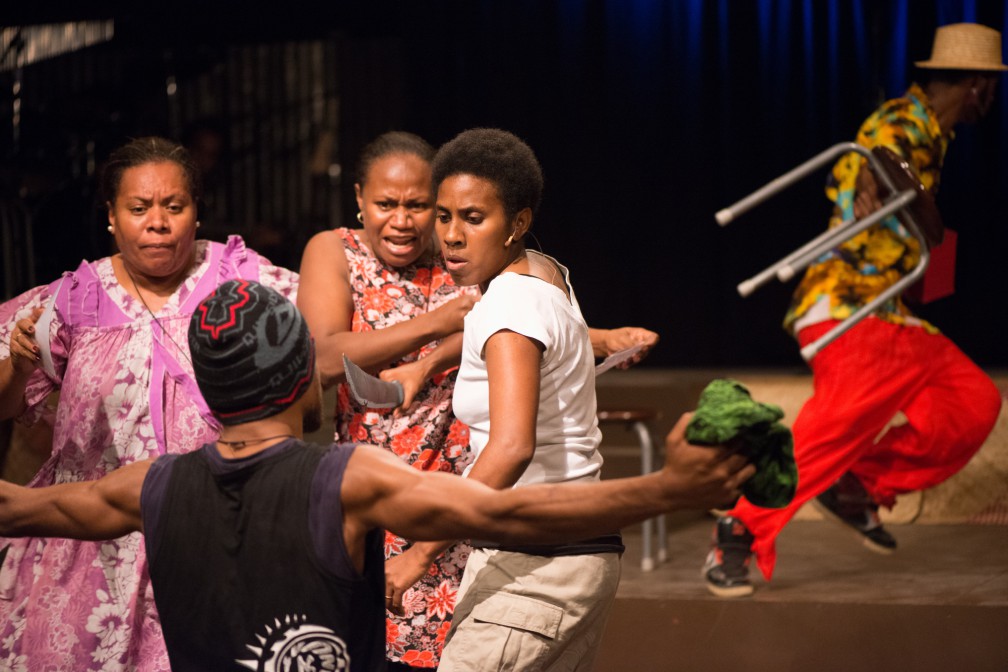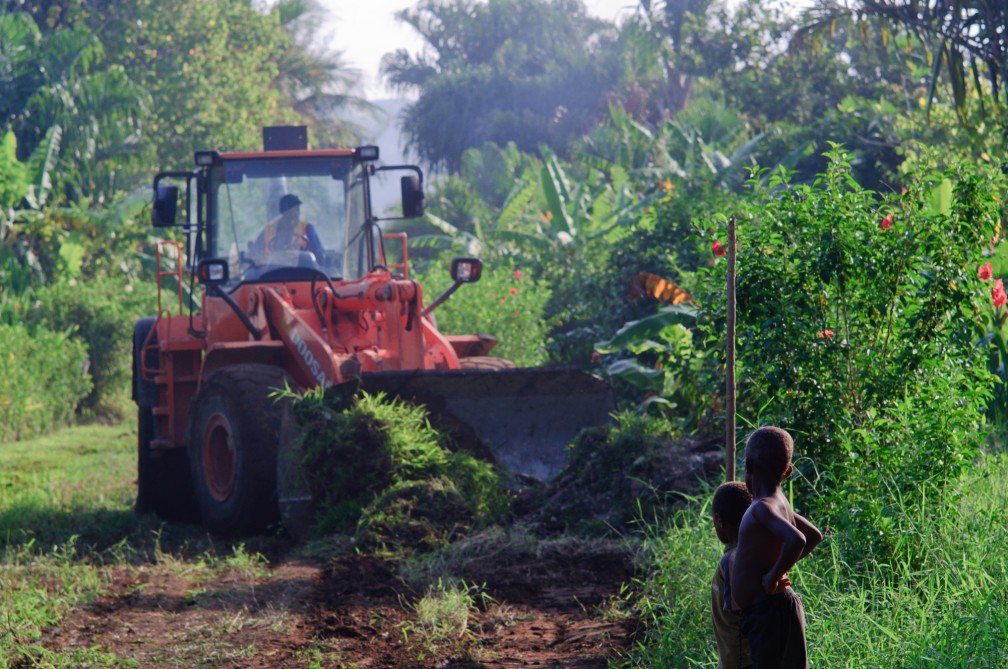A word of advice to Nauru: As the wise man famously said, ‘if you find yourself trapped at the bottom of a very deep hole, the first thing to do is stop digging.’
A word of advice to Australia: Stop handing Nauru the shovel.
In all honesty, it’s hard to muster the enthusiasm required to express an adequate level of outrage following the discovery that the government of Nauru were requiring Digicel, the country’s only ISP, to block access to Facebook. Initially, the blockage was denied, then described as a technical problem. Then, days later, the Prime Minister went on the record stating that it was an attempt to protect the island’s predominantly Christian population from the scourge of pornography.
Then a human rights worker stated that she had been told that the request to block Facebook originated from Australian authorities.
If her reasoning is to be accepted, then cutting off Facebook and social media was never aimed at Nauru’s indigenous population. It was designed to silence security staff and to stop inmates from discussing the pros and cons of accepting exile in Cambodia with people in the outside world.
The dismantling of Nauruan democracy is merely a side-effect of Australia’s failed policy.
As they witness the country’s lurching egress from democracy and social harmony, many Nauruans in public and private life must be asking themselves, ‘how did it ever come to this?’ Cutting off conversation and quashing dissent is simply not the Pacific way of doing things.
Managing this policy can only be a thankless task for those who carry its burden, but the fact remains that the world is watching with increasing incredulity as it slips further and further down that proverbial muddy hillside.
The only way out of this is to talk. To face up to the realities of the situation, to come back to the Pacific way, and to hash things out until there’s nothing more to be said. The lid will not stay on the pot, no matter what measures people may be willing to consider. As painful as the prospect may be, it is better to front up to the situation now than to allow it to fester any longer.


